Lenovo's most intriguing rollable screen laptop concept finally has a price tag — Introducing the ThinkBook Plus Gen 6
Unveiled at CES 2025 in Las Vegas, the $3,499 ThinkBook Plus (Gen 6) features a 14-to-16.7-inch rollable OLED display.
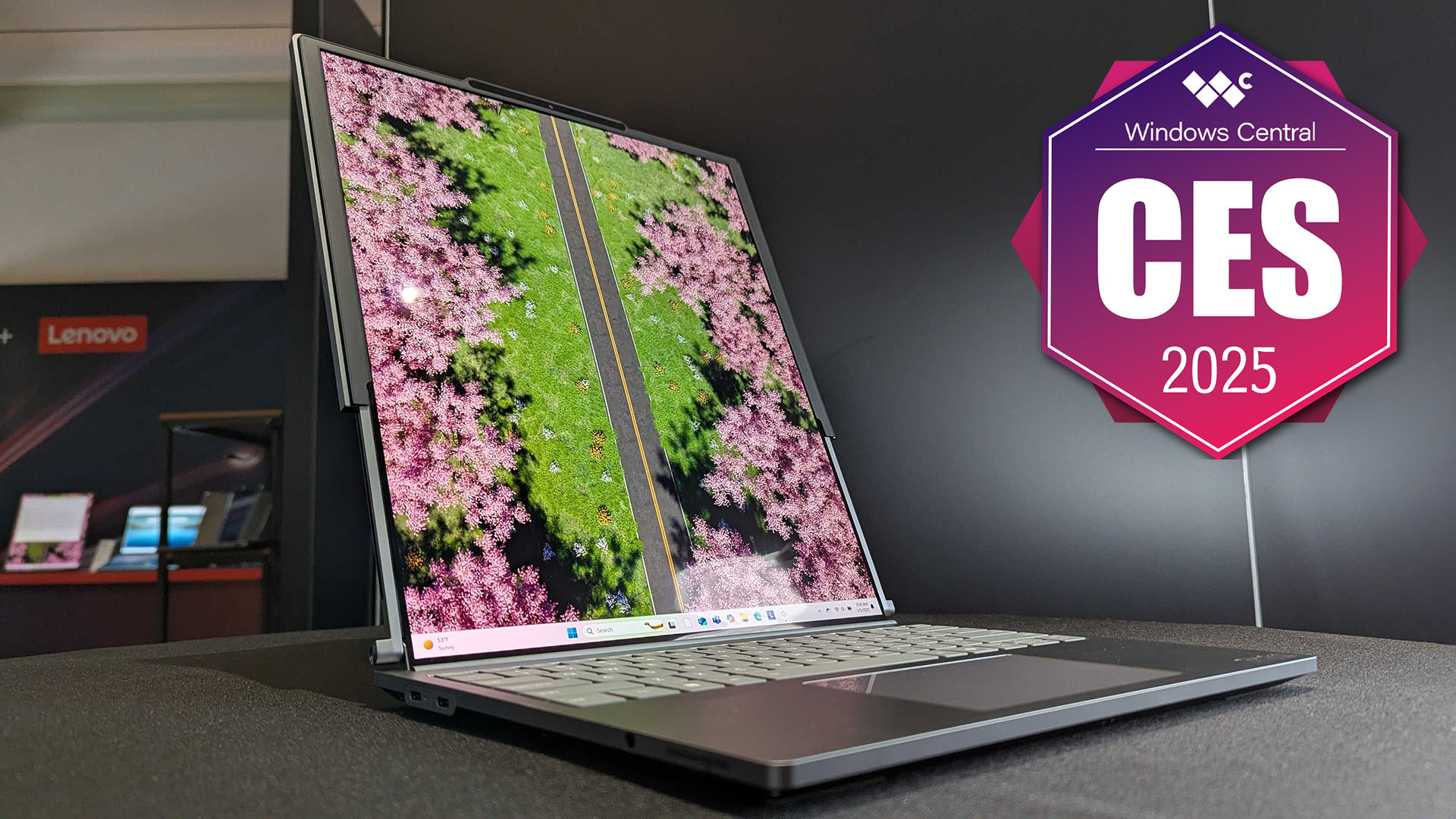
Lenovo isn't shy about creating unique PC and laptop designs, proving as much during CES 2025, where it unveiled the “world’s first rollable display AI PC.” It’s called the ThinkBook Plus (Gen 6) Rollable, and it’s the end result of a concept we first saw a couple of years ago and, subsequently, a working prototype soon after. Now, it looks even better in person, as our team sees the finished product on display in Las Vegas.
No, you can’t roll the laptop up like a yoga mat. But yes, you can expand the display size anytime you want. The ThinkBook Plus (Gen 6) Rollable looks like any other 14-inch laptop from the business- and creator-focused brand, but its 14-inch display can be expanded up to 16.7 inches with the press of a button or wave of a hand.
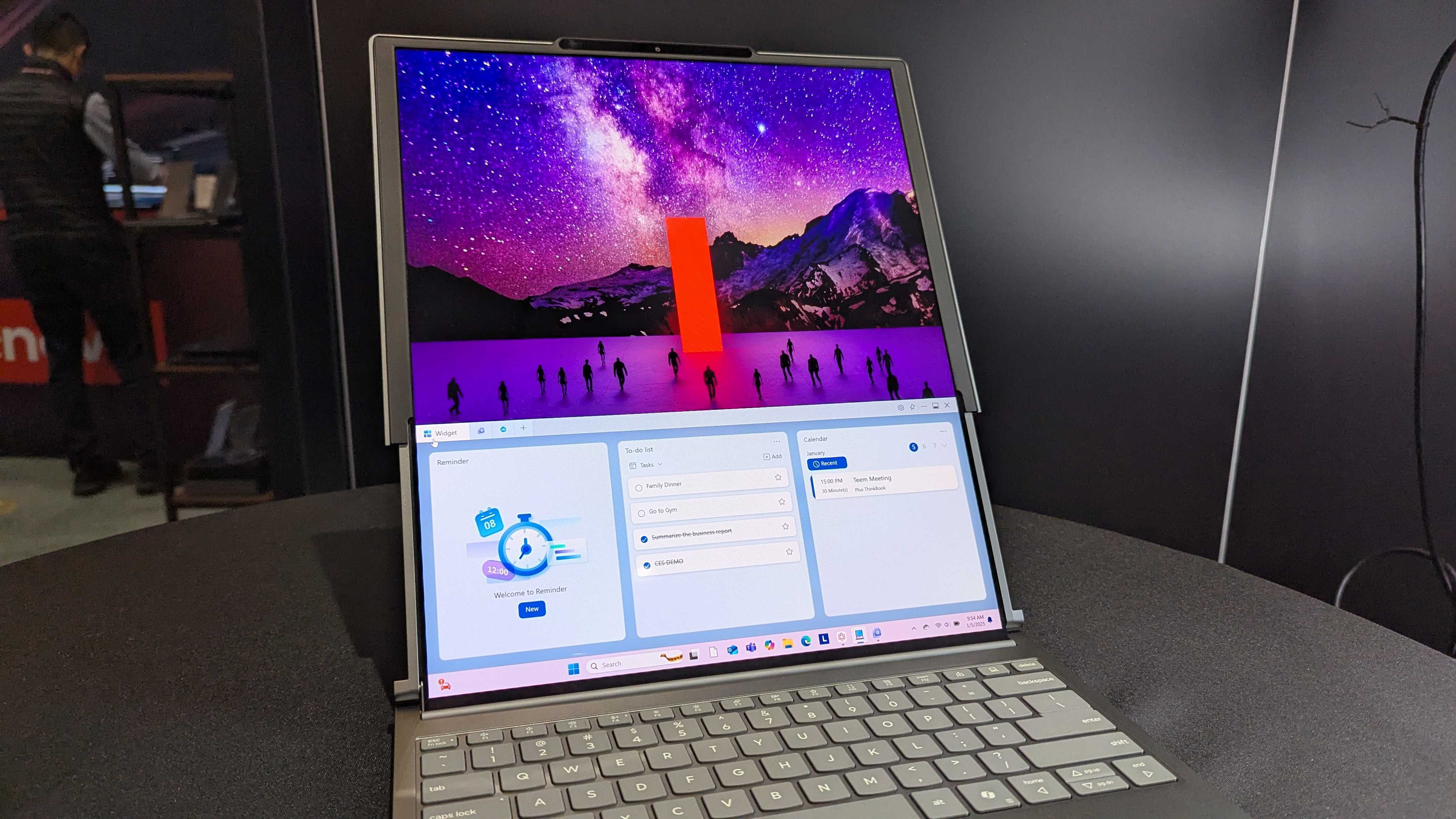
It's understandable to assume most onlookers would think this ultra-tall vertical display is a gimmick, but I became a fast advocate for the form factor when I reviewed ASUS' ZenBook DUO in 2024. With enough desk space, temporary or otherwise, opening up a dual-stacked Windows 11 desktop feels as natural as any side-by-side monitor configuration, and Lenovo's ThinkBook Plus Gen 6 eliminates the middle seam between each.
Frankly, anything is better than the vapid E-ink screen that Lenovo experimented with on its ThinkBook Plus for Gen 4. While it's on-brand for the ThinkBook Plus range to include a feature that's a little 'out-there,' I'm thrilled to see Lenovo adapt some genuinely exciting technology that could push the category in a unique direction.
The company's press release claims this rollable variant "encourages better posture, reducing strain for professionals working long hours," and while that rings true, it won't be many enthusiasts' first thought — it just looks cool. As always, the ThinkBook range is firmly aimed at "business users who need flexibility and efficiency on the go," but I wouldn't mind using this for my leveling-up hobbies in my downtime.
What about the specs?
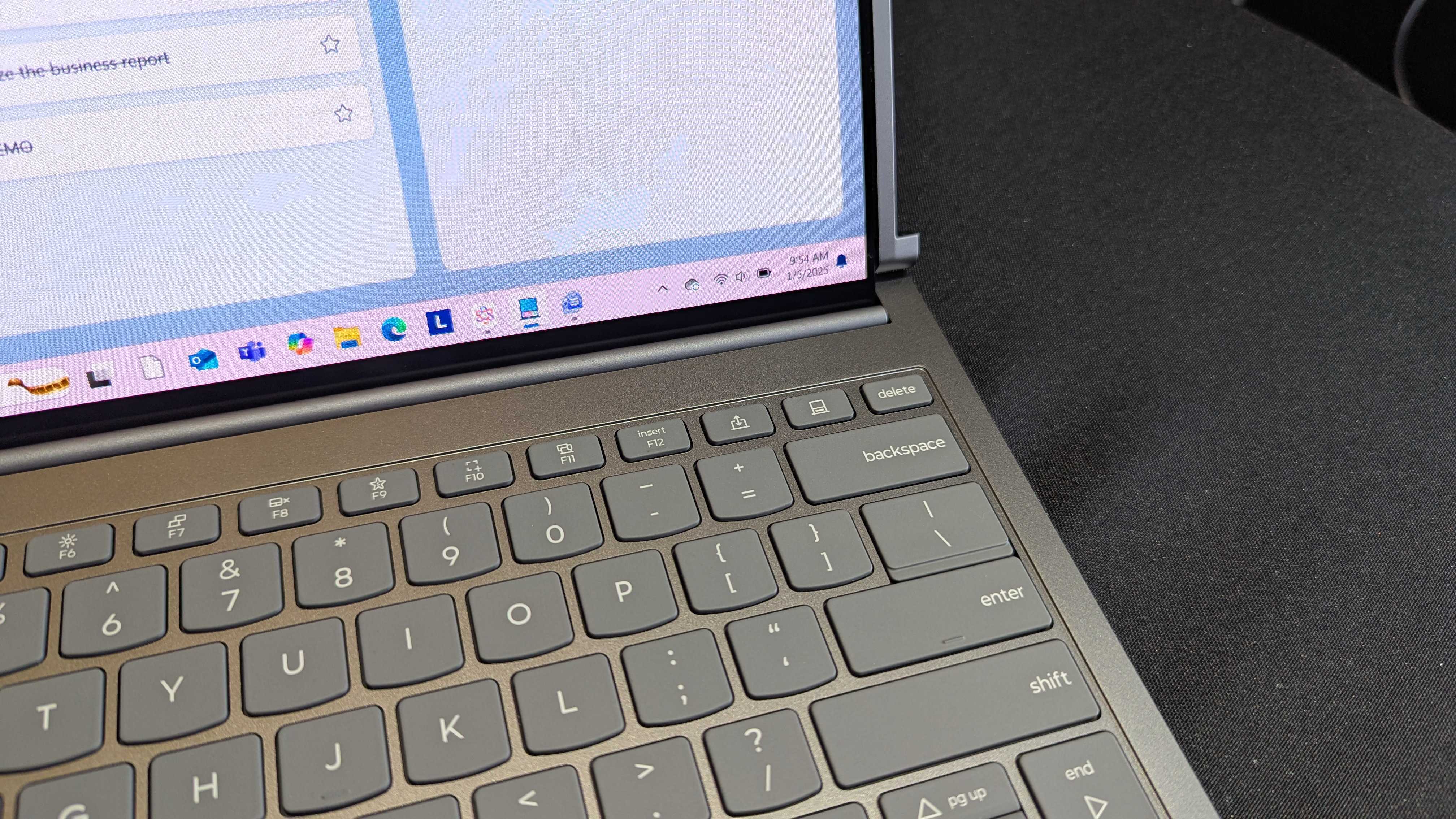
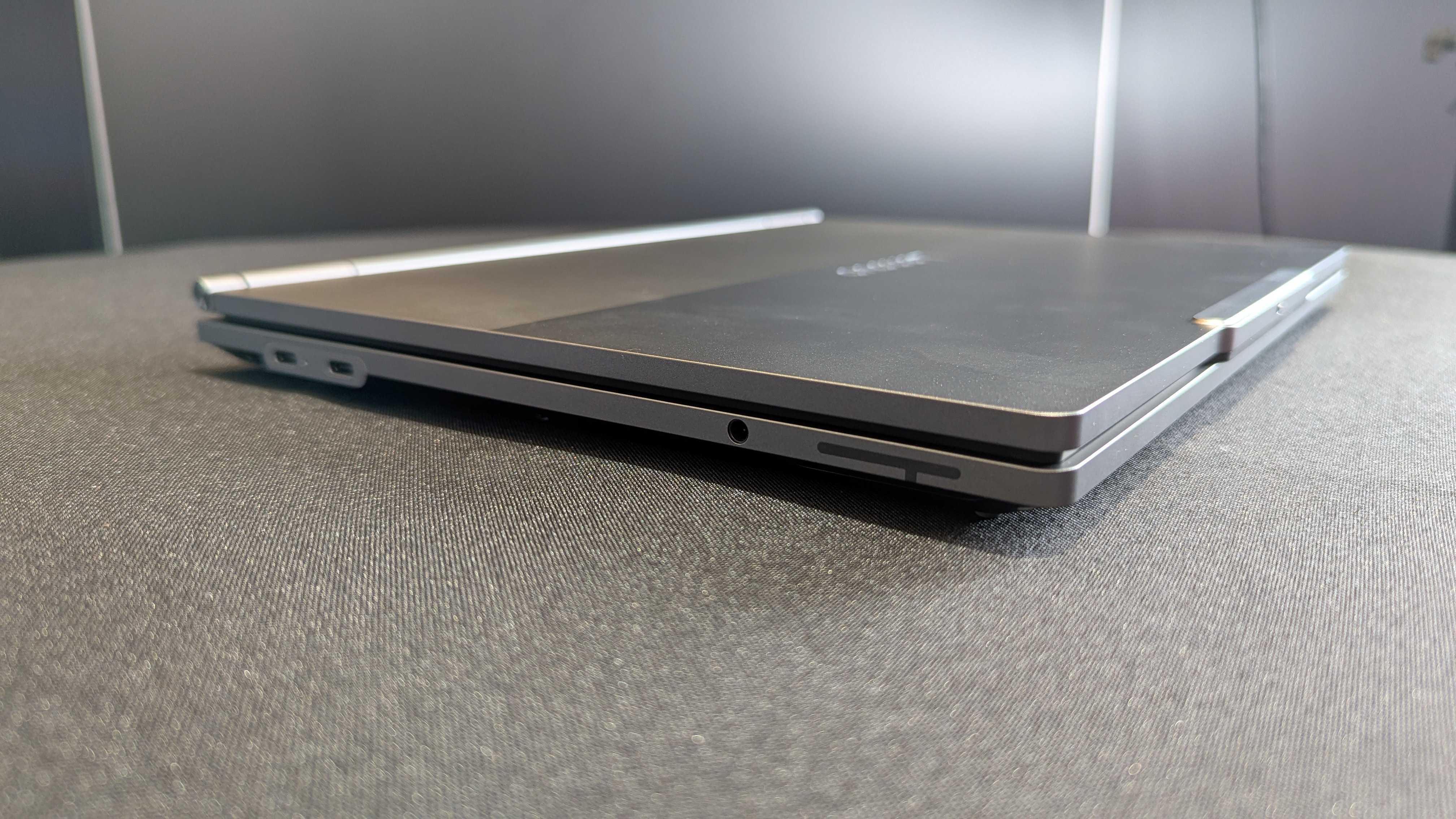
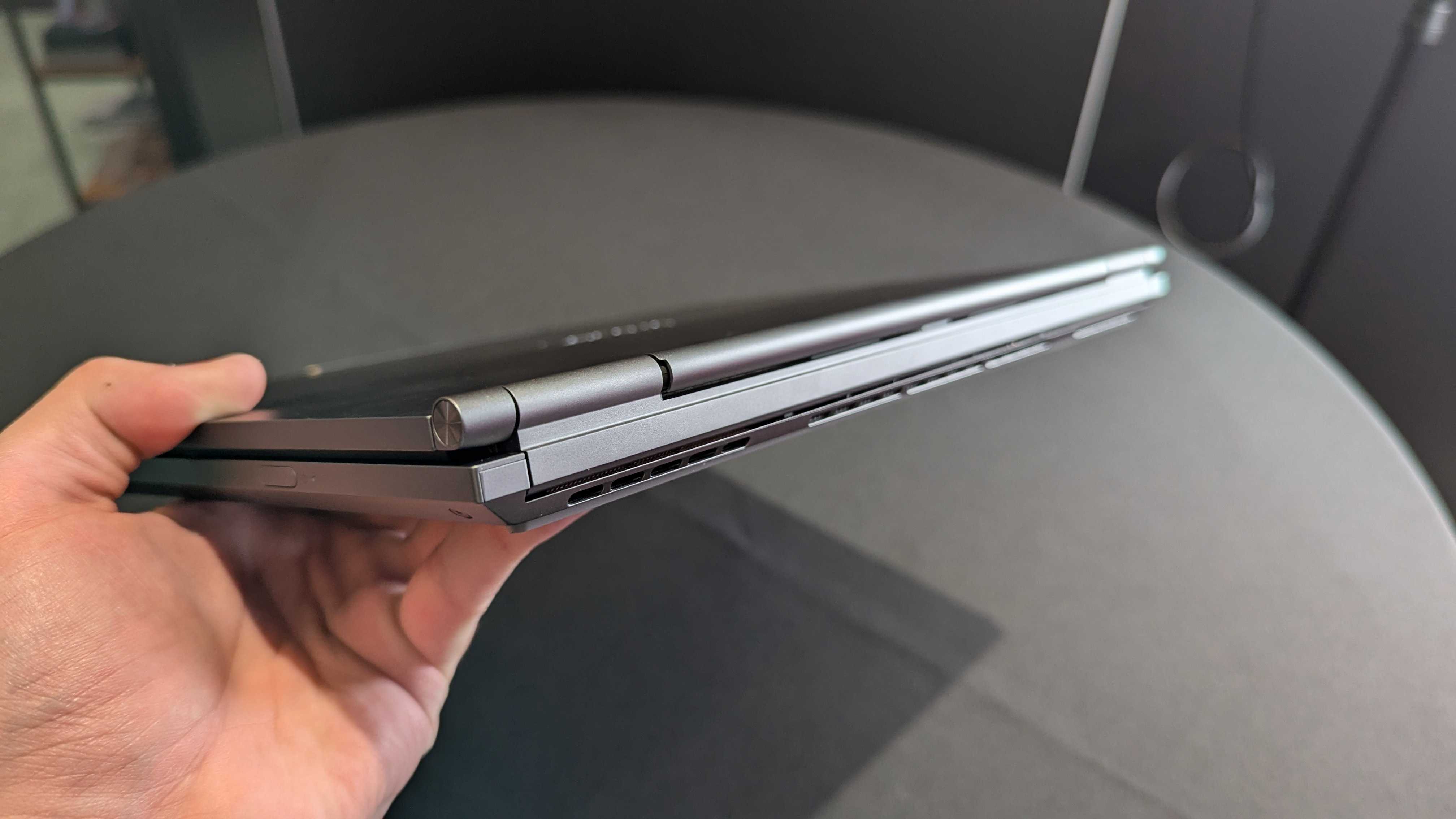
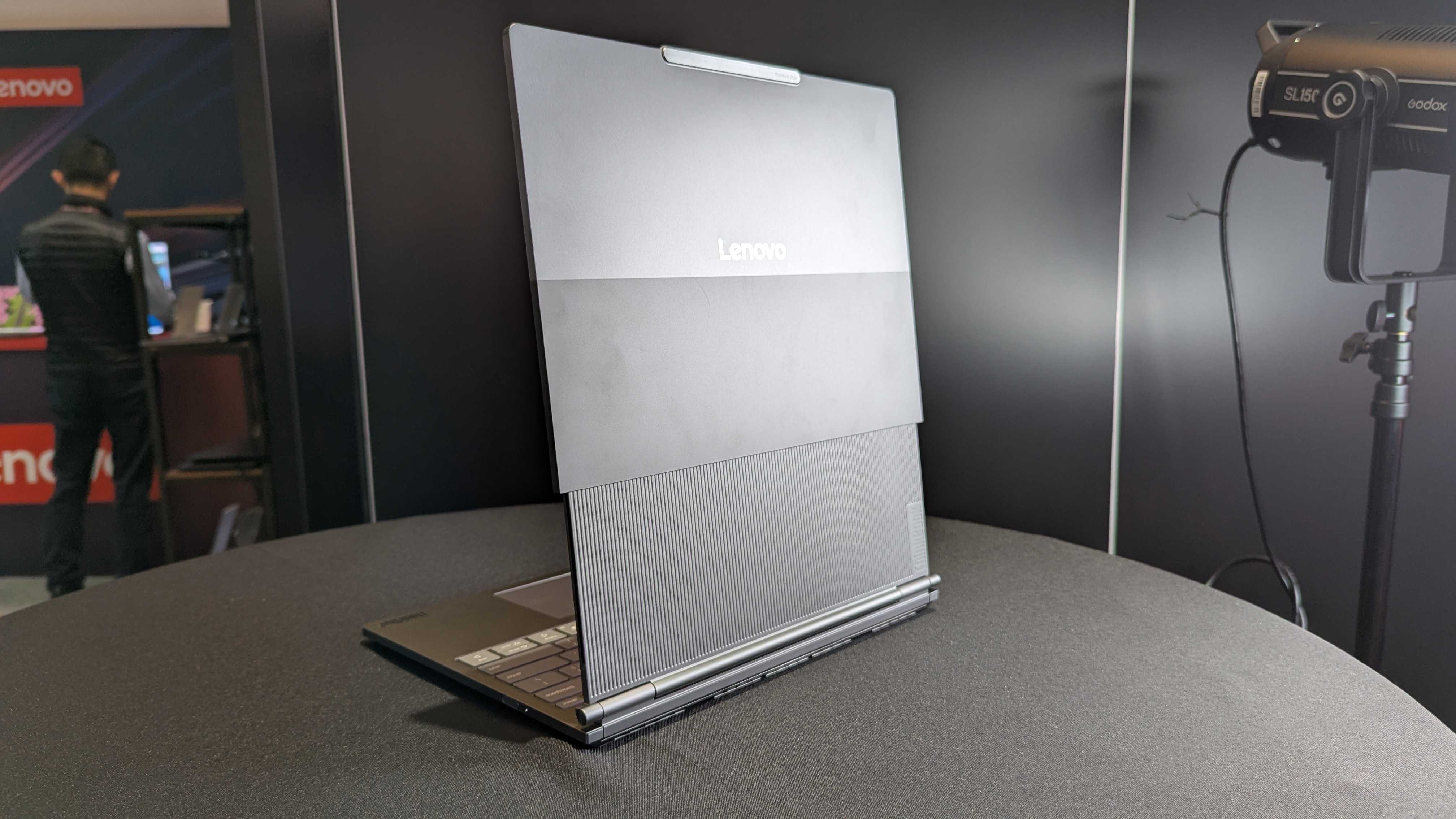
It's only when examining the spec sheet for the rollable ThinkBook Plus Gen 6 that my interest begins to wane, and the business-centric audience intentions become clearer. While I wouldn't expect dedicated graphics from NVIDIA's new lineup, it's a little disappointing to see the I/O offering only two USB-C ports, even if they do support Thunderbolt 4. You'll have to rely on a docking station or direct USB-C connectivity with DisplayPort-compatible monitors rather than HDMI, but those are common finds in creative spaces anyway.
| Header Cell - Column 0 | ThinkBook Plus (Gen 6) |
|---|---|
| CPU | Up to Intel Core Ultra 7 (Series 2) |
| RAM | Up to 32GB LPDDR5x-8533 |
| GPU | Intel Arc Xe2 |
| Storage | Up to 1TB PCIe Gen4 SSD |
| Display | 14 to 16.7-inch rollable OLED, 400-nits, 100% DCI-P3 |
| Battery | 66 Whr |
| Charger | 65W USB-C GaN |
| Ports | 2x Thunderbolt 4 USB-C, 3.5mm audio |
| Connectivity | Intel Wi-Fi 7, Bluetooth 5.4 |
| Dimensions | 303 x 230 x 19.9mm |
| Weight | 1.69 kg (3.73 lbs) |
Lenovo can call the ThinkBook Plus Gen 6 a "Copilot+ PC is built with AI-enabled features like Lenovo AI Now and Cocreator from Paint" thanks to its choice of Intel Core Ultra Series 2 processors that include built-in NPUs (Neural Processing Unit) for local AI computing instead of relying on the cloud. It's becoming a standard with modern machines, but it makes even more sense for a device aimed at professional creators. It's expected to launch in Q1 2025, and it doesn’t come cheap, with a starting price of $3,499.
Get the Windows Central Newsletter
All the latest news, reviews, and guides for Windows and Xbox diehards.

Ben is a Senior Editor at Windows Central, covering everything related to technology hardware and software. He regularly goes hands-on with the latest Windows laptops, components inside custom gaming desktops, and any accessory compatible with PC and Xbox. His lifelong obsession with dismantling gadgets to see how they work led him to pursue a career in tech-centric journalism after a decade of experience in electronics retail and tech support.
